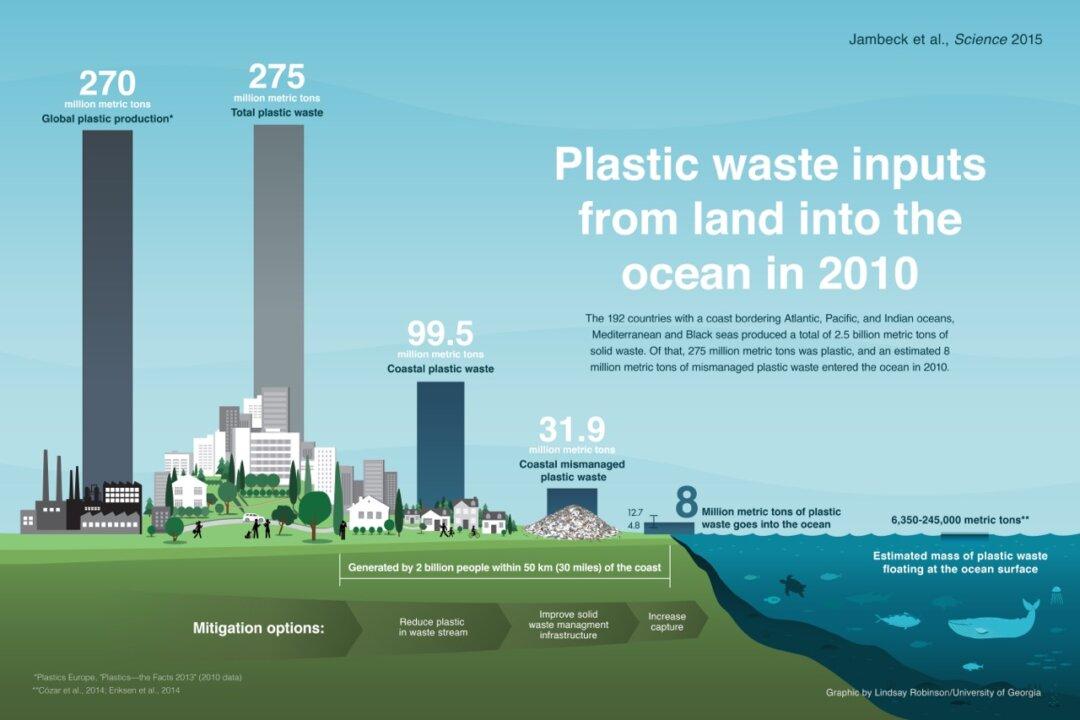A hypothesis that was first formulated in 1969 has been validated through modern technology. Through examining movies, Twitter posts, Google Books, and even the New York Times, researchers at the University of Vermont have determined that all human languages are skewed towards happiness.
“We looked at ten languages, and in every source we looked at, people use more positive words than negative ones,” said UVM mathematician Peter Dodds, who co-led the study out in a press release.
Even with people being cruel while behind keyboards, horror movies, and the media’s current habit of sensationalizing bad news, the billions of words examined show language still leans toward optimism.
The researchers worked with the MITRE Corporation to gather billions of words using 24 different sources. They analyzed words from: books, news outlets, social media, websites, television and movie subtitles, and music lyrics. “We collected roughly 100 billion words written in tweets,” says UVM mathematician Chris Danforth, who also co-led the study.
After collecting the words, they began to analyze them, finding the 10,000 most frequently used words in English, Spanish, French, German, Brazilian Portuguese, Korean, Chinese, Russian, Indonesian, and Arabic.






